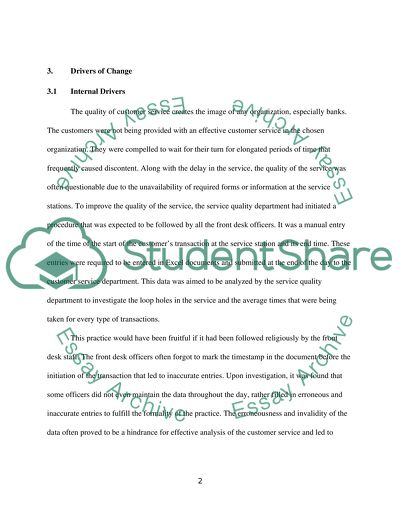Cite this document
(“Change Management: A Case Study of Change within an Organisation Essay”, n.d.)
Retrieved from https://studentshare.org/environmental-studies/1416650-change-management-a-case-study-of-change-within-an
Retrieved from https://studentshare.org/environmental-studies/1416650-change-management-a-case-study-of-change-within-an
(Change Management: A Case Study of Change Within an Organisation Essay)
https://studentshare.org/environmental-studies/1416650-change-management-a-case-study-of-change-within-an.
https://studentshare.org/environmental-studies/1416650-change-management-a-case-study-of-change-within-an.
“Change Management: A Case Study of Change Within an Organisation Essay”, n.d. https://studentshare.org/environmental-studies/1416650-change-management-a-case-study-of-change-within-an.


